Mobile communications: A booming market, built on tiny devices
Last updated: 11.12.2019
We are undergoing a digital revolution, fuelled by sales of smart, connected devices that open up a world of new infotainment options. Our smartphones, tablets and e-readers and the content we consume on these devices has been enabled by a series of inventions.
Let's take a look at some of the European Inventor Award finalists who have played a leading role in our digitised new world.

Lithium-ion batteries
Japanese chemist Akira Yoshino invented the first modern lithium-ion battery. He has continued to improve on his invention, which now powers five billion smartphones.
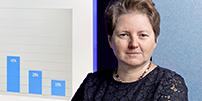
Video compression
Marta Karczewicz has dedicated her career to inventions that enable fast, high-quality streaming. Named as inventor in almost 130 granted European patents, Karczewicz has made video streaming on laptops and mobile devices available to a wider audience.
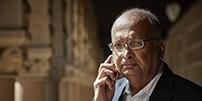
Faster wireless technology
Arogyaswami Paulraj and a team of researchers at Stanford University are the pioneers behind MIMO (multiple input, multiple output), an innovation that enables higher rates of data transmission for digital LTE and Wi-Fi, and significantly expands signal coverage.

Near-field communication (NFC) technology
Bluetooth and LTE have transformed mobile phones into mini-computers. Near-field communications (NFC) - the technology behind Bluetooth and LTE - was pioneered by Franz Amtmann and Philippe Maugars and their teams of engineers.
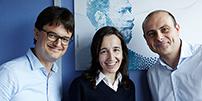
Fractal-based antennae for mobile phones
Mobile phone connectivity is made possible by tiny, powerful antennae based on the principles of fractal geometry. Catalan engineer Carles Puente Baliarda and his team invented fractal-based antennae and put global communication into the hands of millions.
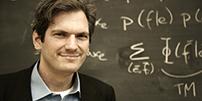
Machine translation
German computer scientist Philipp Koehn succeeded in teaching computers to translate texts. His phrase-based translation method reduced restrictions imposed by word-based systems. While a word may have several meanings (computers cannot understand context), phrases usually have only one.

E-ink
Early electronic readers were bulky and their backlit screens consumed a lot of power. With the invention of their e-ink displays, Joseph M. Jacobson and Barrett Comiskey created a lightweight alternative that has become an industry standard.
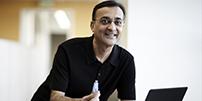
USB
Ajay V. Bhatt and his team were behind one of the biggest advances in computing: the USB. Their invention simplified the previous maze of competing plug designs, allowing effortless plug-and-play functionality and the simultaneous connection of a number of devices.
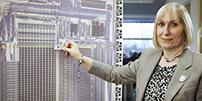
ARM processor
Did you know that 95% of all smartphones are powered by compact processors invented by British inventor Sophie Wilson? The ARM processor transformed computing by enabling maximum processing speed and simplified task management with low power consumption.